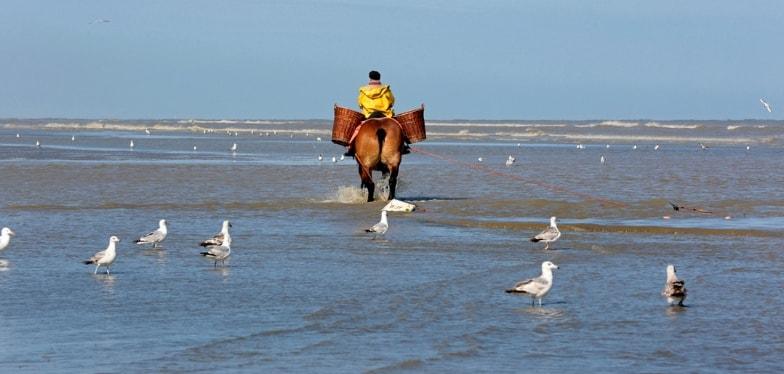Did you know that our country has age-old traditions?

Thirteen fascinating Belgian traditions have been selected by UNESCO as cultural heritage. UNESCO has selected these thirteen Belgian sites as they are of particular interest in terms of culture, art, history or science. These include the Grand Place in Brussels, Victor Horta's most beautiful urban houses and the Palais Stoclet, also in Brussels. These monuments are all well-known.
Some of the selected traditions are probably a little less well-known, so this is a great opportunity to present them to you. The first tradition will not surprise anyone, since it is Belgian brewing expertise. This is followed by the shrimp fisherman on horseback in Oostduinkerke, a small town in West Flanders that is the only place in the world where this method of fishing is practised. The Binche carnival with its famous Gilles had to be on this list. The society in Leuven for 40-year-old men born in the same year is probably less well-known. Recreational diversity includes the promotion of games, sports, acrobatics and other physical activities. Falconry was also selected, not so much for hunting, rather the privileged relationship between the falconer and his feathered pupil.
Next comes carillon culture, did you know that one of the most famous carillon schools in the world is located in Mechelen? The Aalst Carnival, this satirical carnival with its subversive humour, is celebrating its 600th anniversary. The procession of the Holy Blood in Bruges, dating back to the 13th century, when crusaders brought the remains of Christ's blood back to Bruges. This procession is dedicated to them on Ascension Day. The Gramont pretzel and barrel fire festival, this event evokes the siege endured by the city in 1381, when starving inhabitants threw bread rolls and fish from the walls to make the enemy believe that they had enough food. The ruse failed, but the tradition lived on. As for lighting a fire in a barrel, this is to celebrate the end of winter. The Entre-Sambre-et-Meuse marches take place every year from May to October in the towns and villages of the region between the Sambre and Meuse rivers, straddling the provinces of Hainaut and Namur. The event features parades in Napoleonic military dress, led by a brass band. The annual Sint-Lievens-Houtem market, with an ancient tradition dating back to the 11th and 12th centuries, is organised exclusively for the sale of livestock and agricultural equipment. Finally, the processions of giants and dragons, these events are still organised in Belgian cities, including Brussels, Dendermonde, Mechelen and Mons.